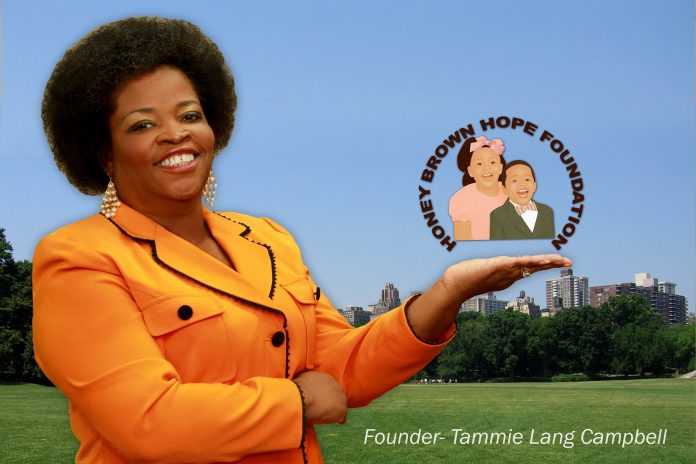(BPRW) Before the late 1990s school shootings, back-to-school was a time when parents shopped for deals on school supplies, fall clothes and prepared for crazy schedules. Fast forward to 2022, and now parents are shopping for bullet proof backpacks.
In a futile attempt to keep students and educators safe from potential shootings, the educational system has diverted needed money for additional teachers, counselors, transportation, social workers, and nurses to allocate millions for more police and ammunition in school.
The Internal School Threat to Students of Color
From the incident in Uvalde School District where police stood in the hall while students were being slaughtered to data documenting the increase in mass shootings at schools, data confirms that police in school does not make students safer.
“A Better Path Forward for Criminal Justice,” a report by the Brookings-AEI Working Group on Criminal Justice Reform, noted that the late 1990s fueled federal funding for more police in schools. Also, it revealed that the school shooting at Columbine High School in 1999 prompted the federal Community Oriented Policing Services in Schools Program (COPS) to disperse $68 million to states in 2000, which was used to hire 599 School Resource Officers (SROs) in 289 educational entities.
Traditionally, educators and administrators managed school infractions and disciplinary issues. Sadly, the educational system changed its course and started utilizing police enforcement to address noncriminal student infractions.
Research shows police on school campuses does little to reduce on-campus violence or mass shootings and can create higher rates of suspensions, expulsions, and arrests especially amongst students of color. Data also links school suspensions and expulsions directly to school dropout and increase of entry into the juvenile criminal justice system.
Ending Student Criminalization and the School to Prison Pipeline Report by The Education Justice Research and Organizing Collaborative (EJ-ROC) notes the negative impact and side effects students of color face from being arrested by school police officers. This includes loss of instructional time and course credits, legal costs, separation from family anxiety and physical trauma. Additional challenges include risk to students immigration status, loss of housing assistance, and loss of employment that negatively affect students of color future, their families, and their communities.
After a 40-year review of school policing that showed no positive impact on school safety outcome, the federal government decreased its resource allocation to school police programs. Disregarding the federal government decreasing funding to this failed program, state and local governments continue to allocate taxpayers’ dollars for this ineffective school safety initiative.
Parents of Color Need Help to Protect Their Children
When students are killed at school due to mass shootings, journalists cover it through the lens that “this has got to stop” and highlight ways to confront it.
For the sake of vulnerable youth’s health and well-being, the media must highlight solutions to protect our students from external and internal homegrown threats like the school-to-prison pipeline.
As an African American parent and grandparent whose son became the victim of police brutality in kindergarten, I can attest to how important it is for African American parents to have resources that empower them to be effective advocates for their children. From experience, I know the struggles of vulnerable parents who are fighting to protect their children. That’s why I created a free toolkit called “How to Advocate for Your Child: Toolkit for Black and Brown Parents and Guardians,” in conjunction with the Honey Brown Hope Foundation, www.honeybrownhope.org/parenttoolkit. This toolkit is in English and Spanish. It was translated in Spanish by the National Parent Union.
The “toolkit” details over two-decades of my work with parents to aid them in addressing and protecting their children from this systemic problem. Some tips included are:
• Advocate for your child whether you need to correct him/her or not because data proves that students of color are excessively punished and don’t receive the grace of simply being a child.
• Read the parent/student handbook for the code of conduct and make sure your child knows and follows them. Also, hold your child’s educator accountable for following the rules and guidelines and applying them fairly.
• Instruct your child not to make an oral or written statement regarding a disciplinary investigation without your presence and approval, and submit a letter notifying the school principal, area superintendent, and the superintendent of schools to not question your child
about a disciplinary issue without your presence or permission.
• Take a witness or record when attending a disciplinary action meeting and document any conversations in writing.
• Request alternative disciplinary options to avoid a loss of instructional time.
Impeding students of color from reaching their full potential robs and weakens our country’s valuable human resource. As a nation, we must work in solidarity to empower all because we are only as strong as our most vulnerable citizen.
Tammie Lang Campbell is the founder/executive director of the Honey Brown Hope Foundation, a nationally recognized, award-winning 501(c)3 non-profit that works from the schoolhouse to the courthouse and jailhouse to offer programming, resources and support that align with our causes: civil rights, diversity appreciation and environmental stewardship. Campbell created the “How to Advocate for Your Child: Toolkit for Black and Brown Parents and Guardians” to share with parents what she has learned from 20+ years of advocating for Black and Brown students impacted by the school-to-prison pipeline’s discriminatory discipline practices. She is a former branch president of NAACP, Resident Community Advocate for the Center for Justice Research at TSU, NAACP Image Award-winning Activist, ALF Senior Fellow of Class 49 and Harvard University’s School-to-Prison Pipeline Roundtable Participant.


